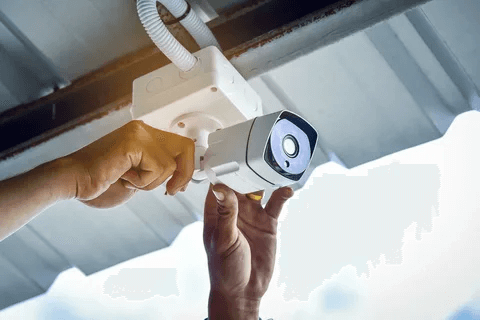Enhancing Fiber Networks: Choosing the Right Fiber Type and Support Hardware

Strong 8k brings an ultra-HD IPTV experience to your living room and your pocket.
In modern telecommunications, building a reliable and efficient fiber optic network requires more than just high-quality cables. At SDGI Cable, we provide integrated solutions combining optical fiber types with essential supporting hardware like anchor clamps and aluminum clad steel wire to ensure long-lasting performance.
Single Mode vs. Multimode Fiber
Understanding Fiber Optic Types
Single Mode Fiber (SMF)
Single mode fiber is designed for long-distance transmission. With its narrow core, it allows a single light path, reducing attenuation and signal loss. It is ideal for:
-
Telecom operators
-
Metropolitan networks
-
High-speed backbone infrastructures
Its ability to transmit data over hundreds of kilometers with minimal signal loss makes it the top choice for large-scale projects.
Anchor Clamp for StabilityMultimode Fiber (MMF)
Multimode fiber has a wider core and supports multiple light paths. It's best suited for short-distance applications like:
-
Data centers
-
Enterprise networks
-
Local area networks (LANs)
While it offers lower cost in certain setups, it's limited in range and bandwidth compared to single mode.
Essential Support Hardware
Anchor Clamp for Stability
To maintain the integrity of aerial cable installations, SDGI's anchor clamps are engineered for strength and durability. These devices:
-
Secure ADSS and OPGW cables under mechanical tension
-
Protect the cable from sagging and wind stress
-
Are quick to install and require minimal maintenance
They are essential in outdoor deployments where stability and reliability are critical.
Aluminum Clad Steel Wire for Reinforcement
Aluminum clad steel wire is widely used as a supporting core in fiber optic cables. It combines the conductivity of aluminum with the tensile strength of steel, offering both electrical performance and mechanical reinforcement. It's particularly effective in high-voltage or aerial environments where cable reliability is critical.
Additional Considerations for Fiber Network Design
Environmental Factors
Temperature changes, humidity, UV exposure, and wind load can impact fiber performance. Choosing weather-resistant materials ensures long-term stability.
Installation Practices
Proper cable routing and securing methods reduce bending stress and potential signal degradation. Using protective conduits can further improve longevity.
Testing and Certification
Performing OTDR and loss tests before network activation ensures optimal performance and detects any installation faults early.
Maintenance Planning
Scheduling regular inspections and stocking spare parts helps avoid prolonged downtime during repairs.
Quality Assurance at SDGI Cable
At SDGI Cable, every component—from fiber strands to clamps and support wires—undergoes strict quality control. This includes tensile strength testing, corrosion resistance evaluation, and real-world load simulations to ensure that each product performs reliably under operational stress.
These rigorous checks not only guarantee compliance with international standards but also give clients confidence in long-term performance. By combining advanced manufacturing techniques with continuous innovation, SDGI Cable ensures that every solution delivered meets the evolving demands of modern fiber optic networks, even in the most challenging environments worldwide.
Conclusion
Whether you are deploying a long-haul backbone, expanding an urban FTTH network, or upgrading a data center, the right combination of fiber type and support hardware is essential.
With SDGI Cable, you gain:
-
Expert guidance in fiber selection
-
Durable anchoring solutions
-
Reinforcement materials for maximum reliability
By integrating premium materials with proven engineering expertise, we deliver networks that are strong, efficient, and ready for the future.
Note: IndiBlogHub features both user-submitted and editorial content. We do not verify third-party contributions. Read our Disclaimer and Privacy Policyfor details.







